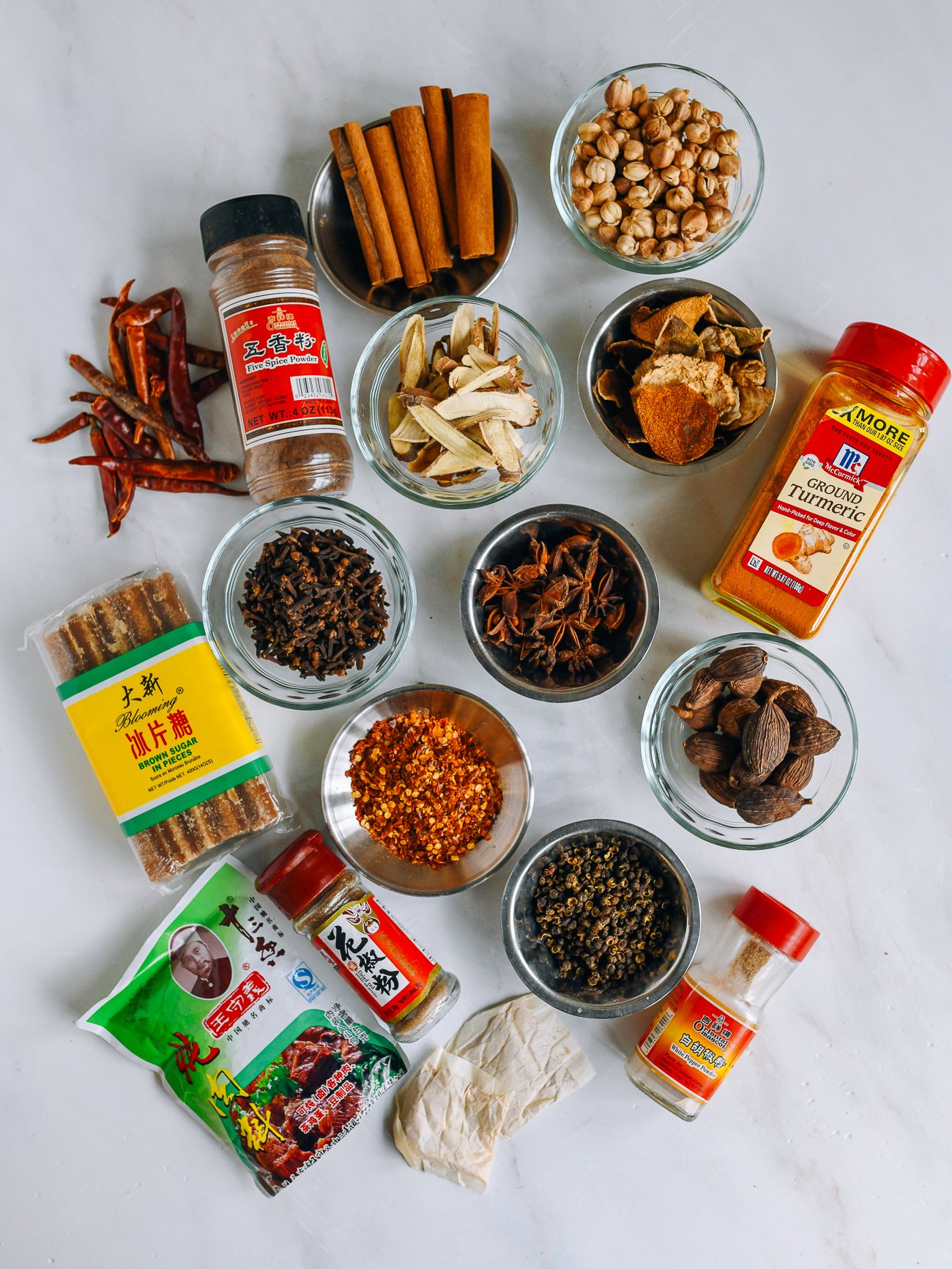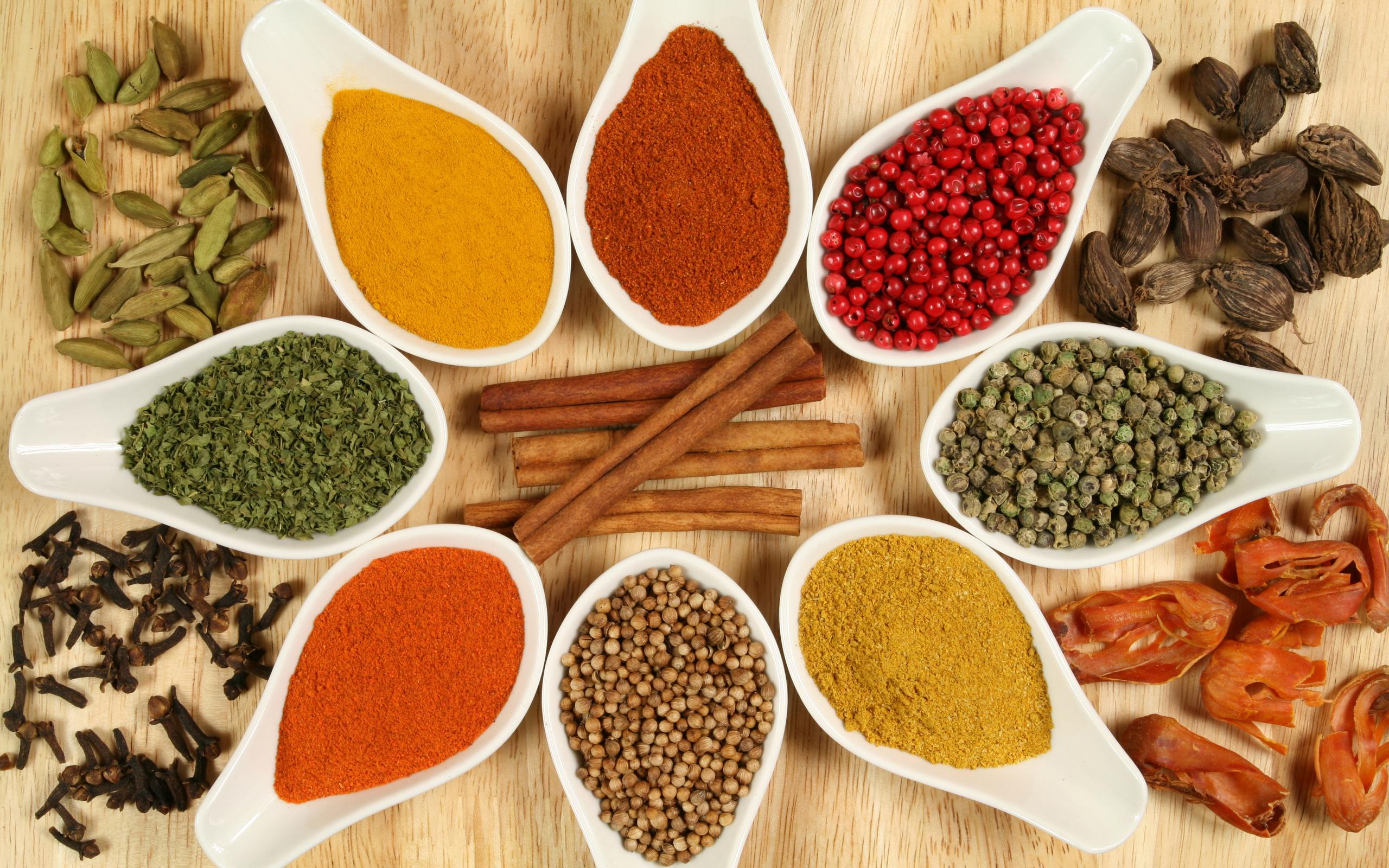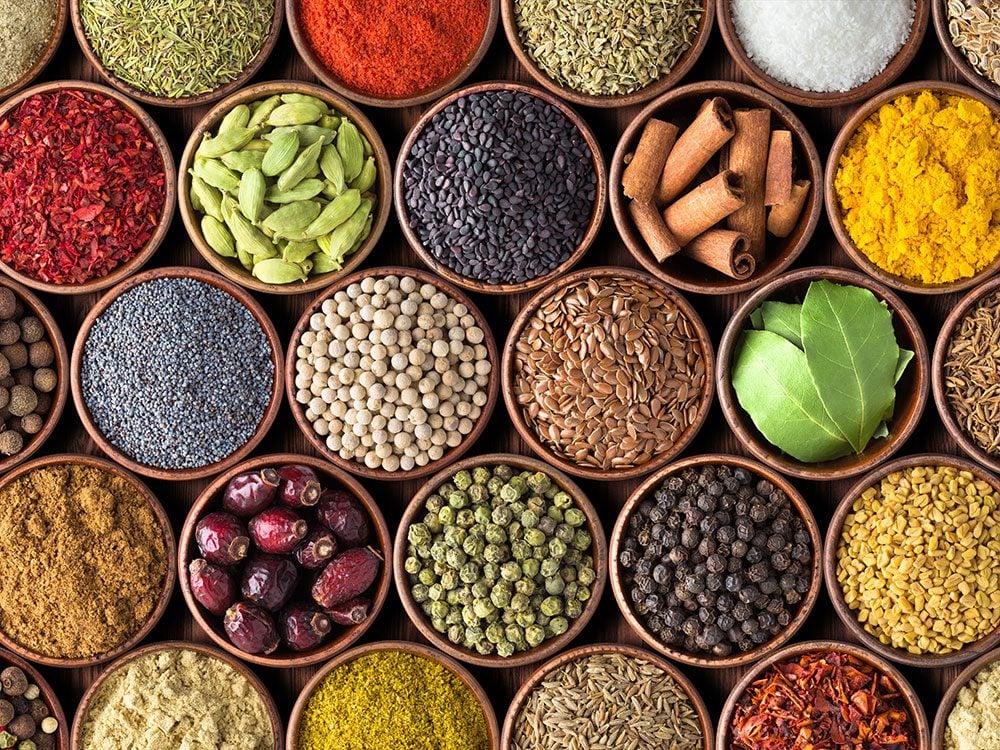The first element that comes to mind when thinking of Moroccan style kitchens is the stunning tile work, particularly in the form of a backsplash. Moroccan-inspired tiles are known for their intricate patterns and vibrant colors, adding a unique and eye-catching element to any kitchen design. A popular choice is the use of zellige tiles, which are handcrafted and glazed in a variety of geometric shapes and bold hues. This type of backsplash is not only visually appealing but also adds a touch of culture and history to the kitchen.1. Moroccan-inspired tile backsplash
In addition to the tile backsplash, mosaic patterns are another hallmark of Moroccan design. These patterns can be incorporated in various ways, such as on the walls, floors, or even as accents in furniture and decor. The use of colorful mosaic patterns in a kitchen adds a playful and lively touch, making it a space that is both functional and visually appealing.2. Colorful mosaic patterns
No Moroccan kitchen would be complete without the addition of intricately designed metal lanterns. These lanterns not only provide beautiful ambient lighting, but they also add a touch of elegance and charm to the space. Whether hung above the kitchen island or used as decorative pieces on shelves, metal lanterns are a must-have for a truly authentic Moroccan style kitchen.3. Intricate metal lanterns
Incorporating hand-painted cabinets in a Moroccan style kitchen is a creative way to add a unique and personal touch to the space. These cabinets are often adorned with intricate designs and patterns, adding a touch of artistry to the kitchen. The use of bold and vibrant colors in the hand-painted cabinets also adds to the overall aesthetic of the space.4. Hand-painted cabinets
Moroccan design is known for its use of bold and vibrant colors, and the kitchen is no exception. From deep blues and rich oranges to vibrant greens and yellows, these colors are used to create a warm and inviting atmosphere in the kitchen. These colors are often incorporated through the use of tiles, fabrics, and decorative pieces, adding a pop of color to the space.5. Bold and vibrant colors
Rugs are an important element in Moroccan design, and adding a traditional Moroccan rug to the kitchen is a great way to tie the space together. These rugs are known for their bold and intricate designs and are often made from soft, luxurious fabrics. Placing a rug in the kitchen not only adds to the overall aesthetic but also provides a comfortable and cozy touch to the space.6. Traditional Moroccan rugs
In addition to the backsplash, tile work is also used on the floors in Moroccan style kitchens. These tiles are often ornate and come in a variety of patterns and colors. The use of tile flooring not only adds to the overall look of the kitchen but also makes for easy cleanup and maintenance.7. Ornate tile flooring
Carved wood is a staple in Moroccan design and can be incorporated in various elements of a kitchen. From carved wood cabinets and shelves to decorative pieces, this element adds a touch of warmth and intricacy to the space. The use of carved wood details also adds to the overall natural and rustic feel of a Moroccan style kitchen.8. Carved wood details
Tapestries are a common feature in Moroccan design and can be used in a kitchen to add a touch of texture and dimension to the space. These hanging tapestries often feature intricate patterns and designs, making them a beautiful addition to the kitchen. They can be hung on walls or even used as curtains for a unique and artistic touch.9. Hanging tapestries
No Moroccan kitchen would be complete without the use of exotic spices and herbs on display. These ingredients are not only essential for cooking flavorful Moroccan dishes but also add to the overall aesthetic of the kitchen. Displaying them in decorative jars or containers not only adds to the visual appeal but also makes them easily accessible for cooking.10. Exotic spices and herbs on display
Moroccan Style Kitchen Design: Creating a Unique and Vibrant Space
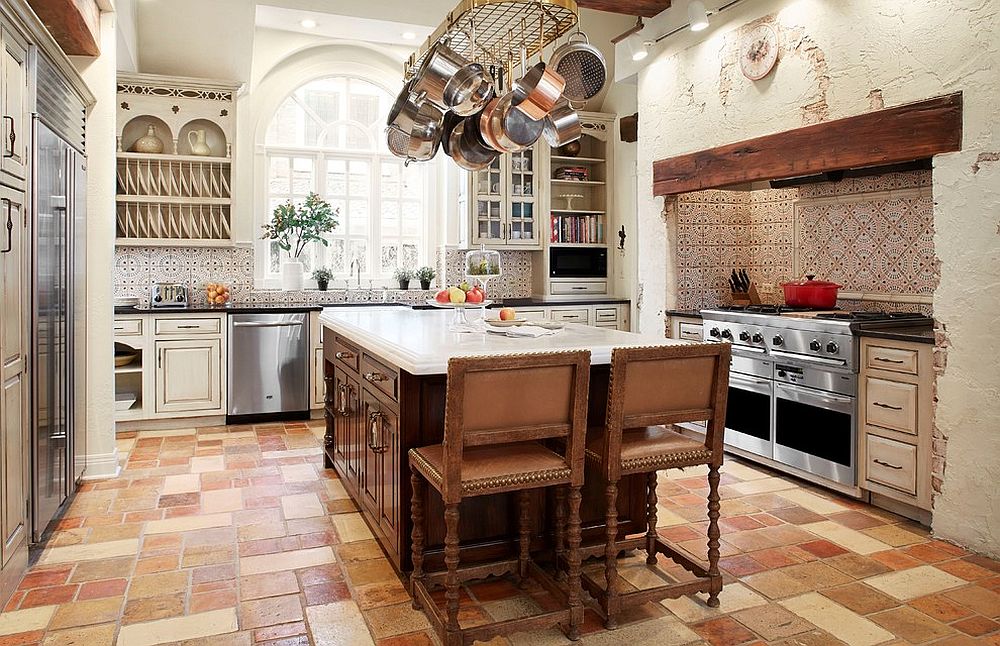
Incorporating the Vibrant Colors and Patterns
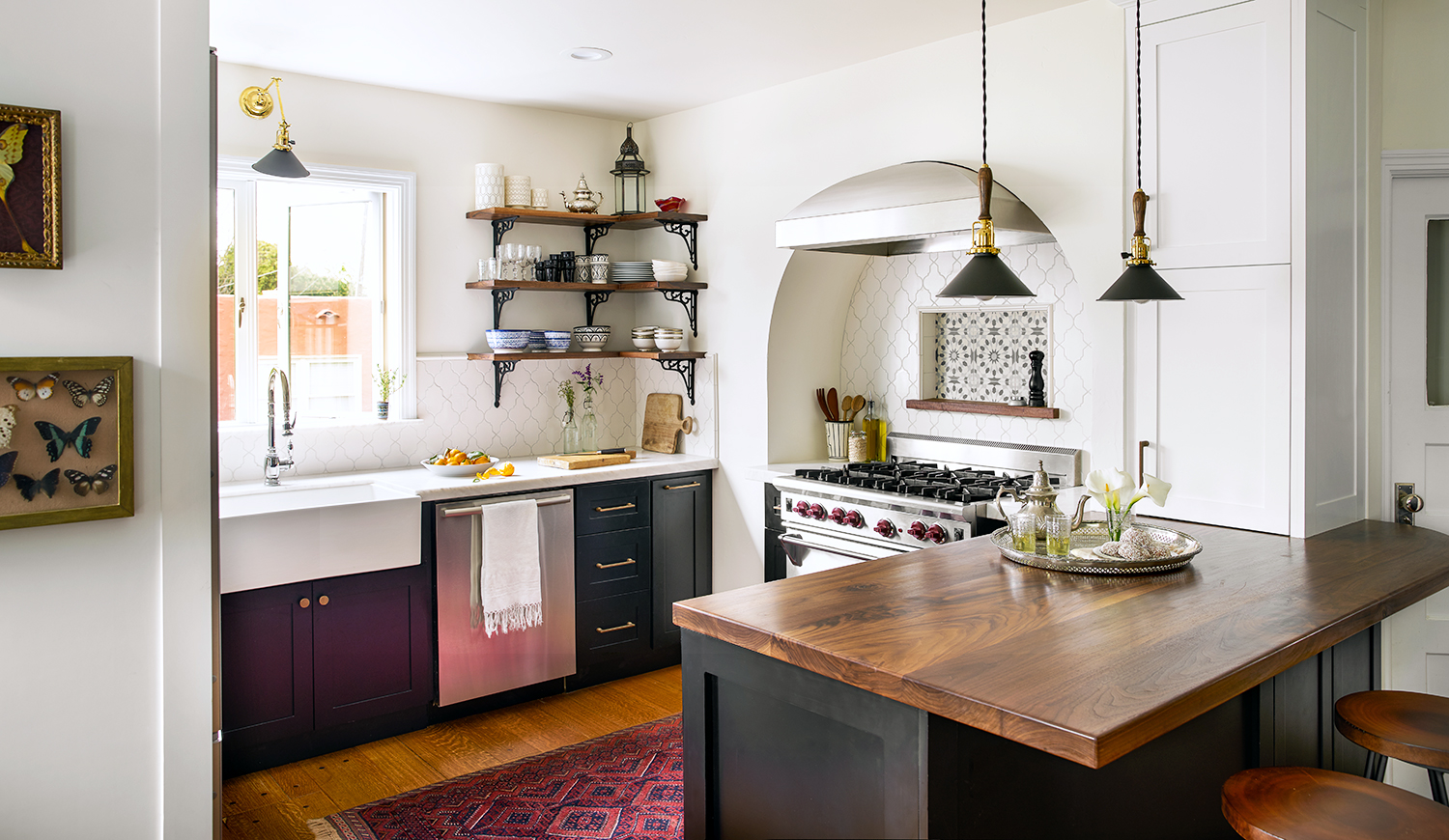 Moroccan style kitchen design is characterized by its vibrant colors and intricate patterns. The use of bold colors such as turquoise, orange, and red, along with intricate tile work and geometric patterns, is what gives this style its unique and exotic appeal. When designing your Moroccan-inspired kitchen, consider using these colors and patterns in your backsplash, countertops, and even on the walls. This will add a pop of color and bring the space to life.
Moroccan style kitchen design is characterized by its vibrant colors and intricate patterns. The use of bold colors such as turquoise, orange, and red, along with intricate tile work and geometric patterns, is what gives this style its unique and exotic appeal. When designing your Moroccan-inspired kitchen, consider using these colors and patterns in your backsplash, countertops, and even on the walls. This will add a pop of color and bring the space to life.
Adding a Touch of Elegance with Rich Textures
 Another key element of Moroccan style kitchen design is the use of rich textures. From the softness of a plush rug to the roughness of a stone wall, incorporating a variety of textures will add depth and dimension to your space. Consider adding a Moroccan-inspired tapestry or throw pillows to your dining area, or hang intricately patterned curtains to create a cozy and inviting atmosphere.
Another key element of Moroccan style kitchen design is the use of rich textures. From the softness of a plush rug to the roughness of a stone wall, incorporating a variety of textures will add depth and dimension to your space. Consider adding a Moroccan-inspired tapestry or throw pillows to your dining area, or hang intricately patterned curtains to create a cozy and inviting atmosphere.
Bringing in Natural Elements
 Moroccan design also incorporates natural elements, such as wood, clay, and metal. These materials add warmth and authenticity to the space. Consider using a wooden table and chairs, or displaying clay pots and metal lanterns for a touch of Moroccan charm. You can also incorporate natural elements in your kitchen accessories, such as wooden cutting boards or clay bowls.
In conclusion,
Moroccan style kitchen design is all about creating a unique and vibrant space. By incorporating bold colors, intricate patterns, rich textures, and natural elements, you can transform your kitchen into a beautiful Moroccan-inspired oasis. So, embrace the beauty and charm of this style and create a kitchen that is both functional and visually stunning.
Moroccan design also incorporates natural elements, such as wood, clay, and metal. These materials add warmth and authenticity to the space. Consider using a wooden table and chairs, or displaying clay pots and metal lanterns for a touch of Moroccan charm. You can also incorporate natural elements in your kitchen accessories, such as wooden cutting boards or clay bowls.
In conclusion,
Moroccan style kitchen design is all about creating a unique and vibrant space. By incorporating bold colors, intricate patterns, rich textures, and natural elements, you can transform your kitchen into a beautiful Moroccan-inspired oasis. So, embrace the beauty and charm of this style and create a kitchen that is both functional and visually stunning.

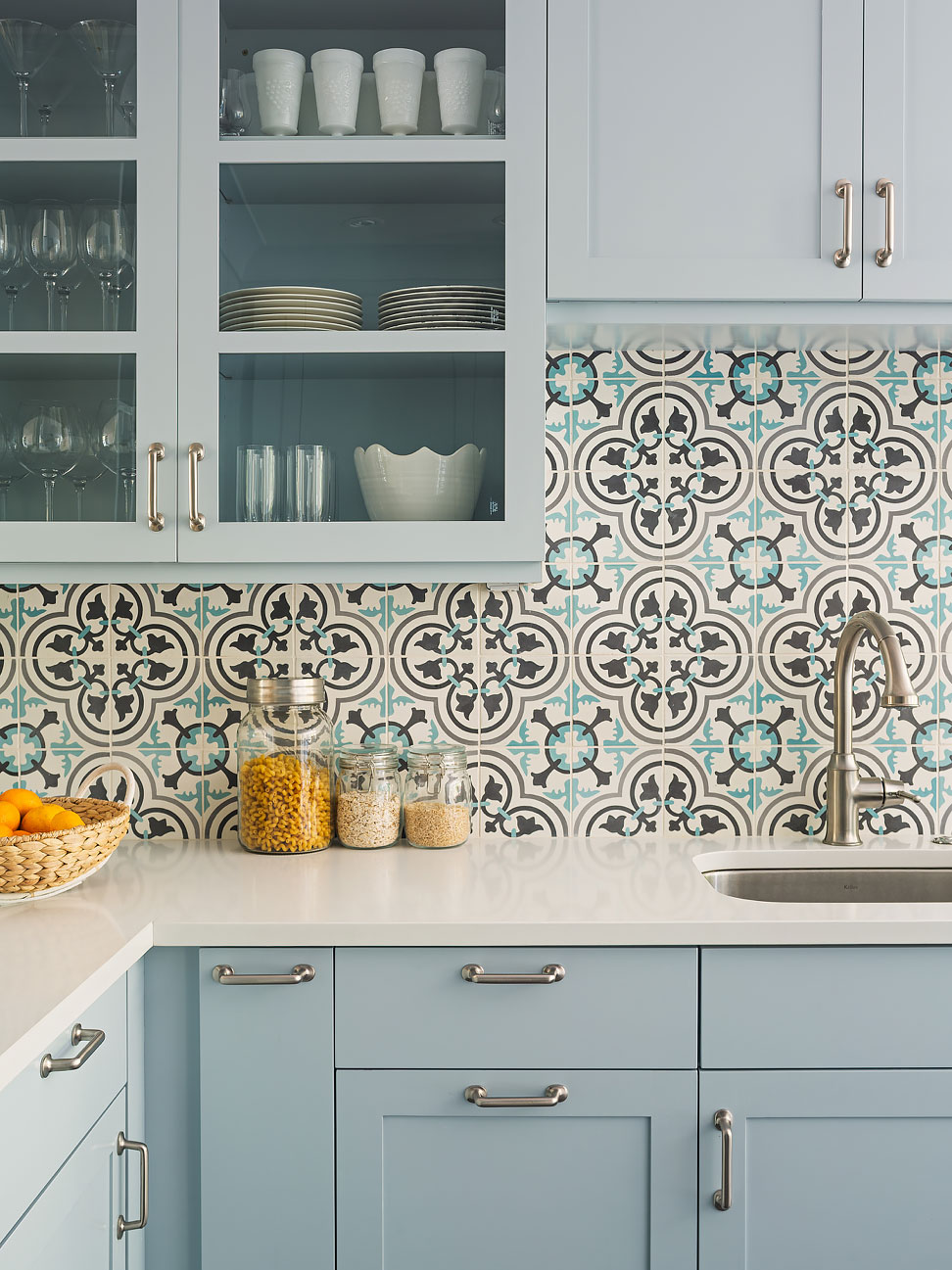





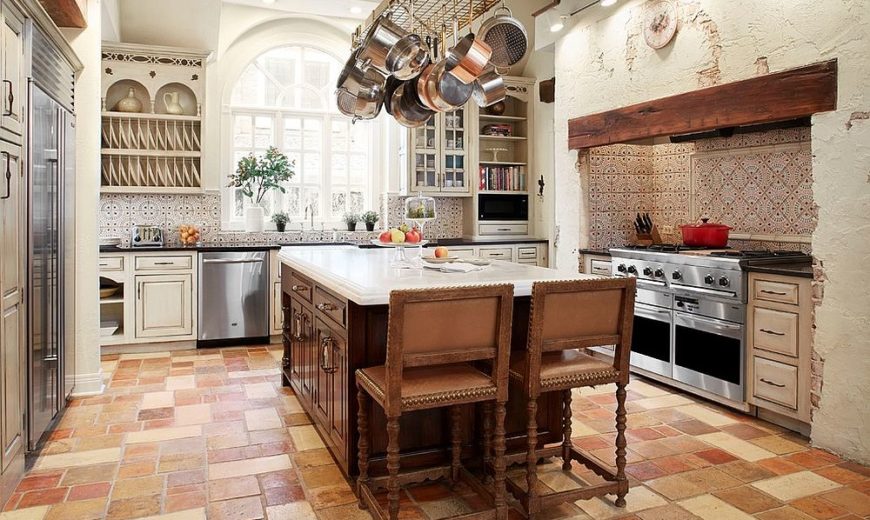






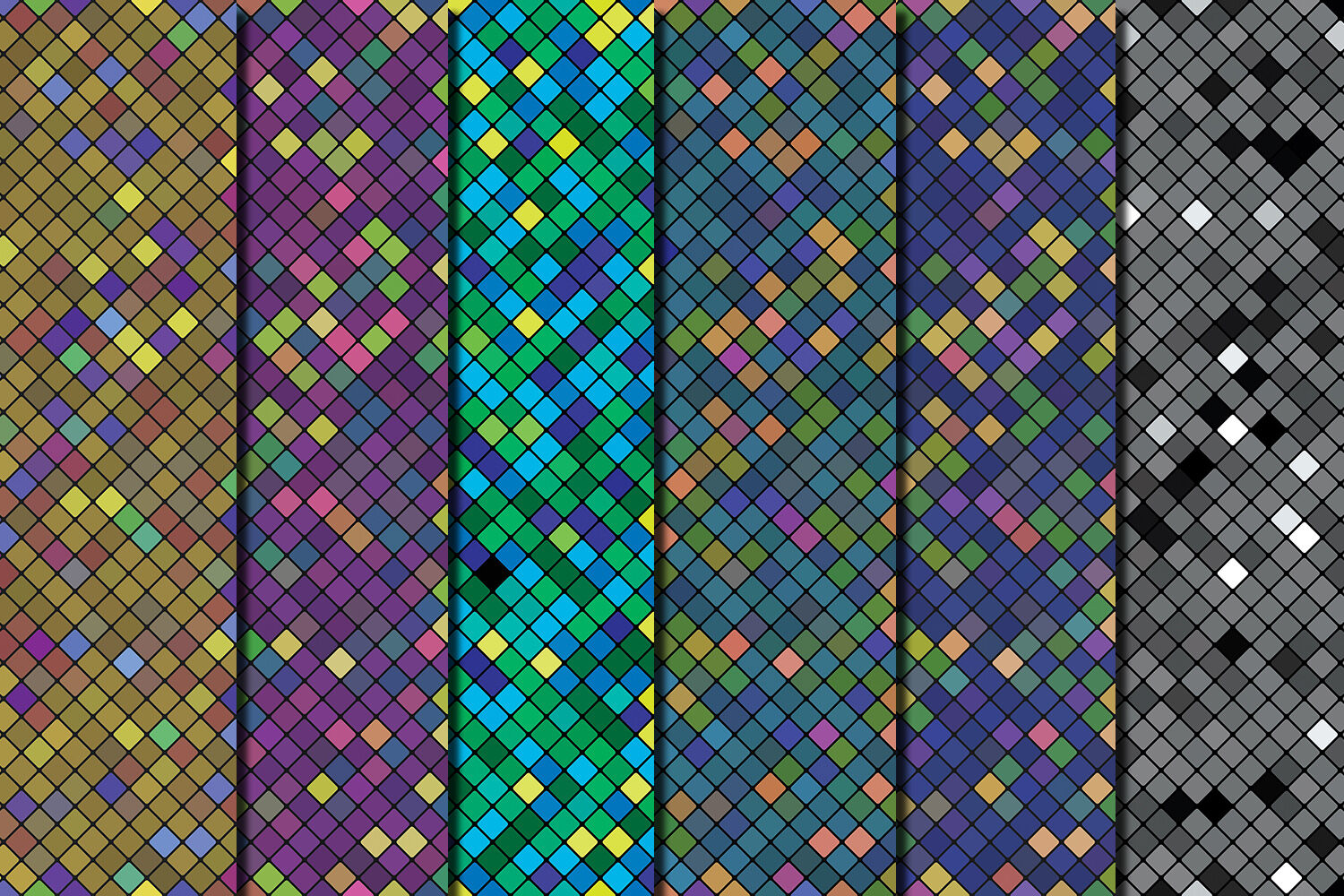


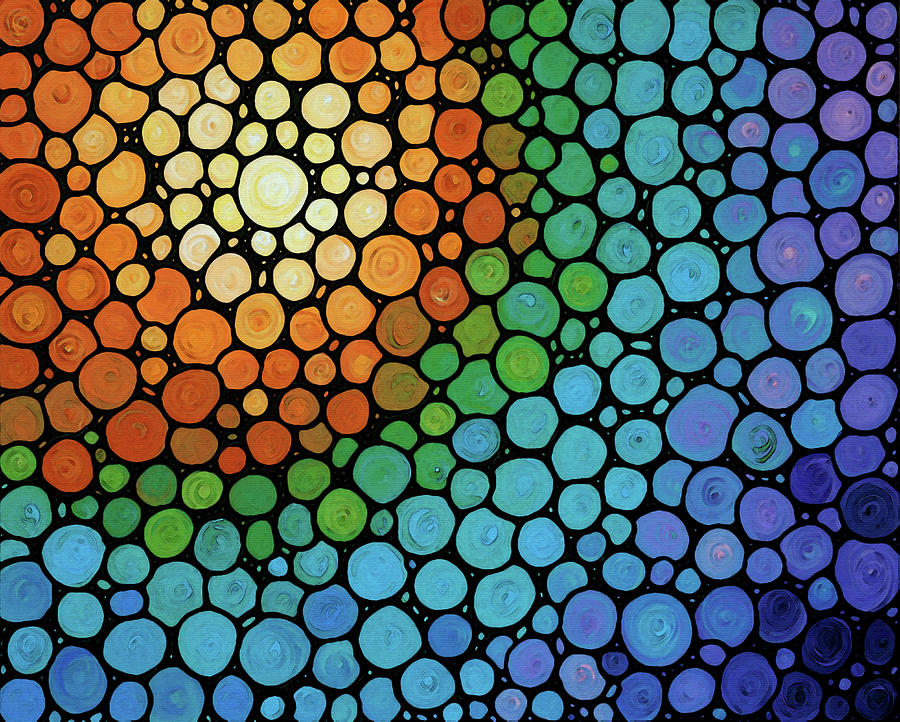


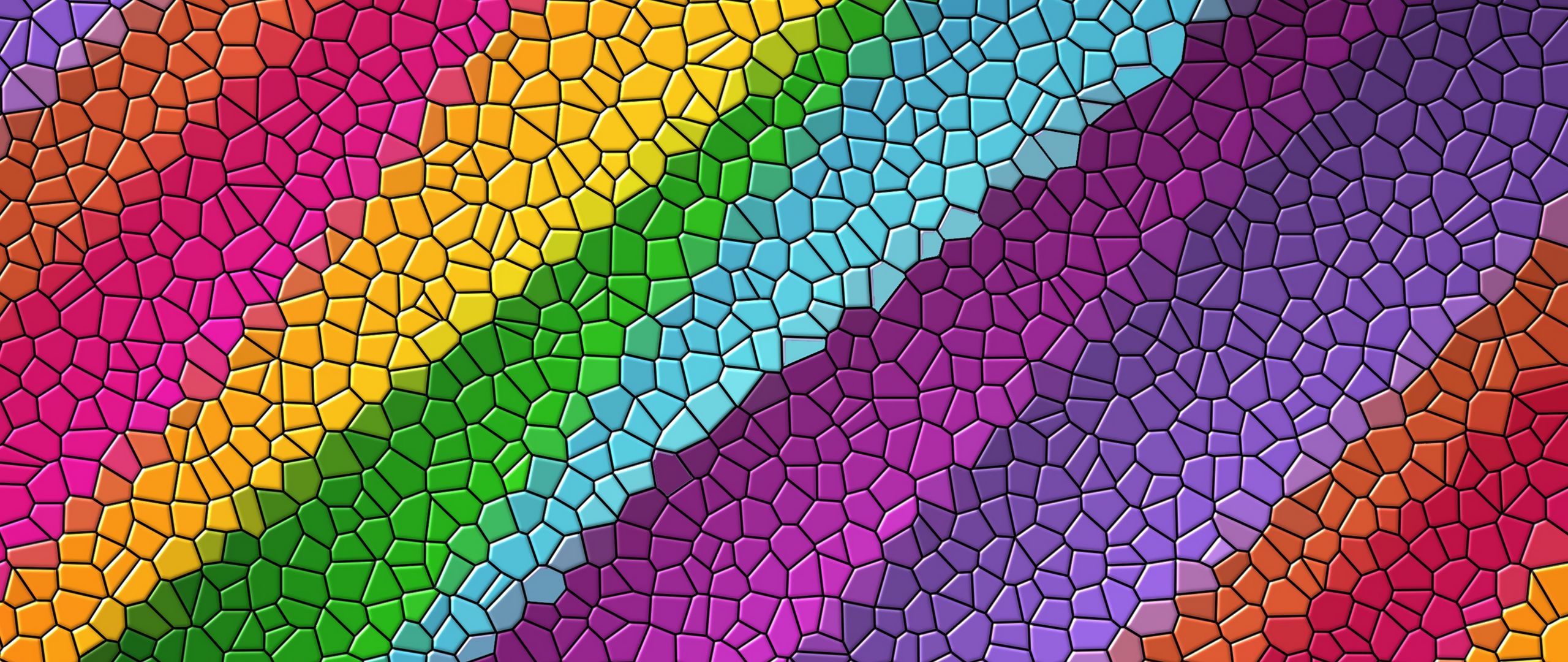











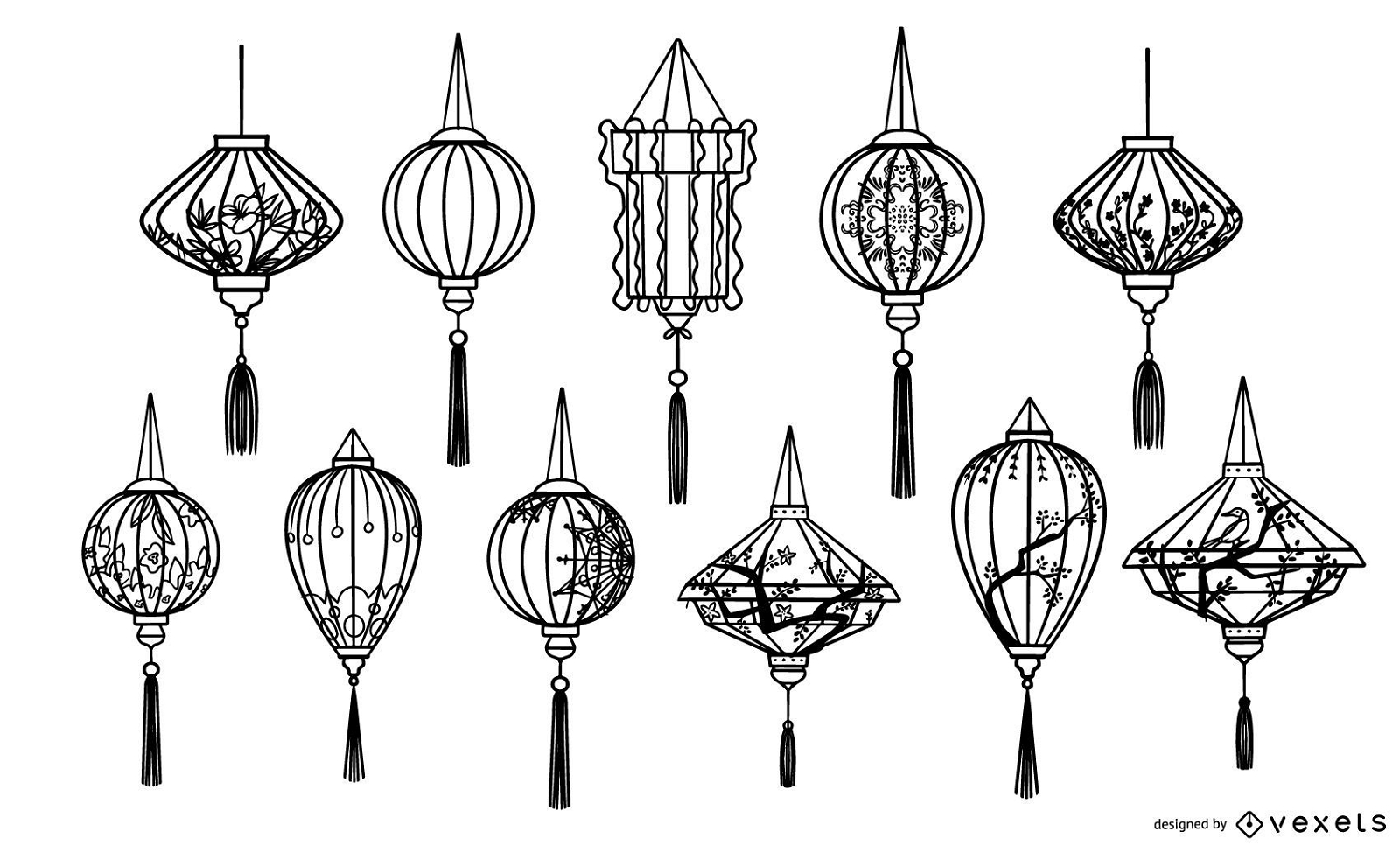

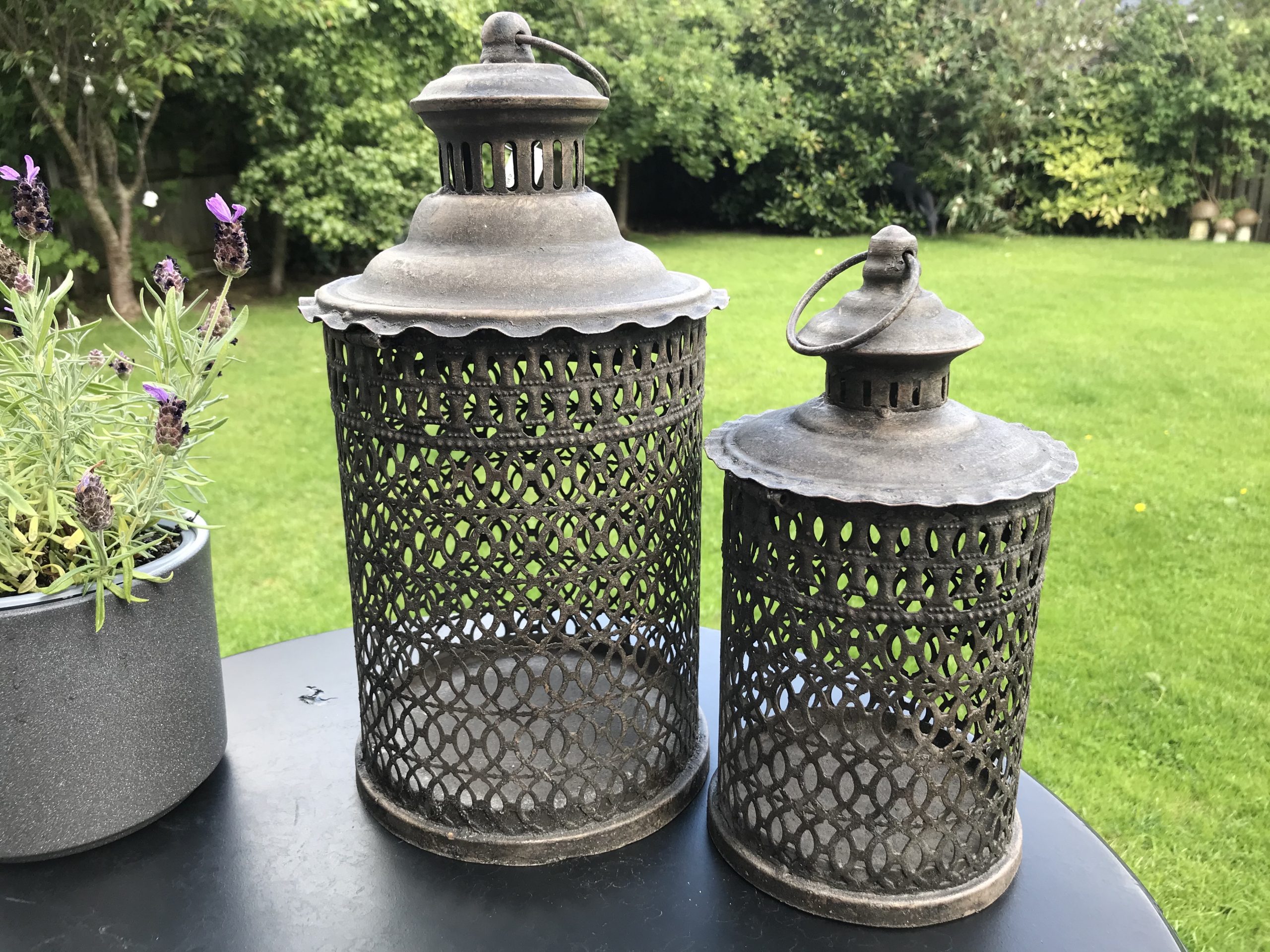











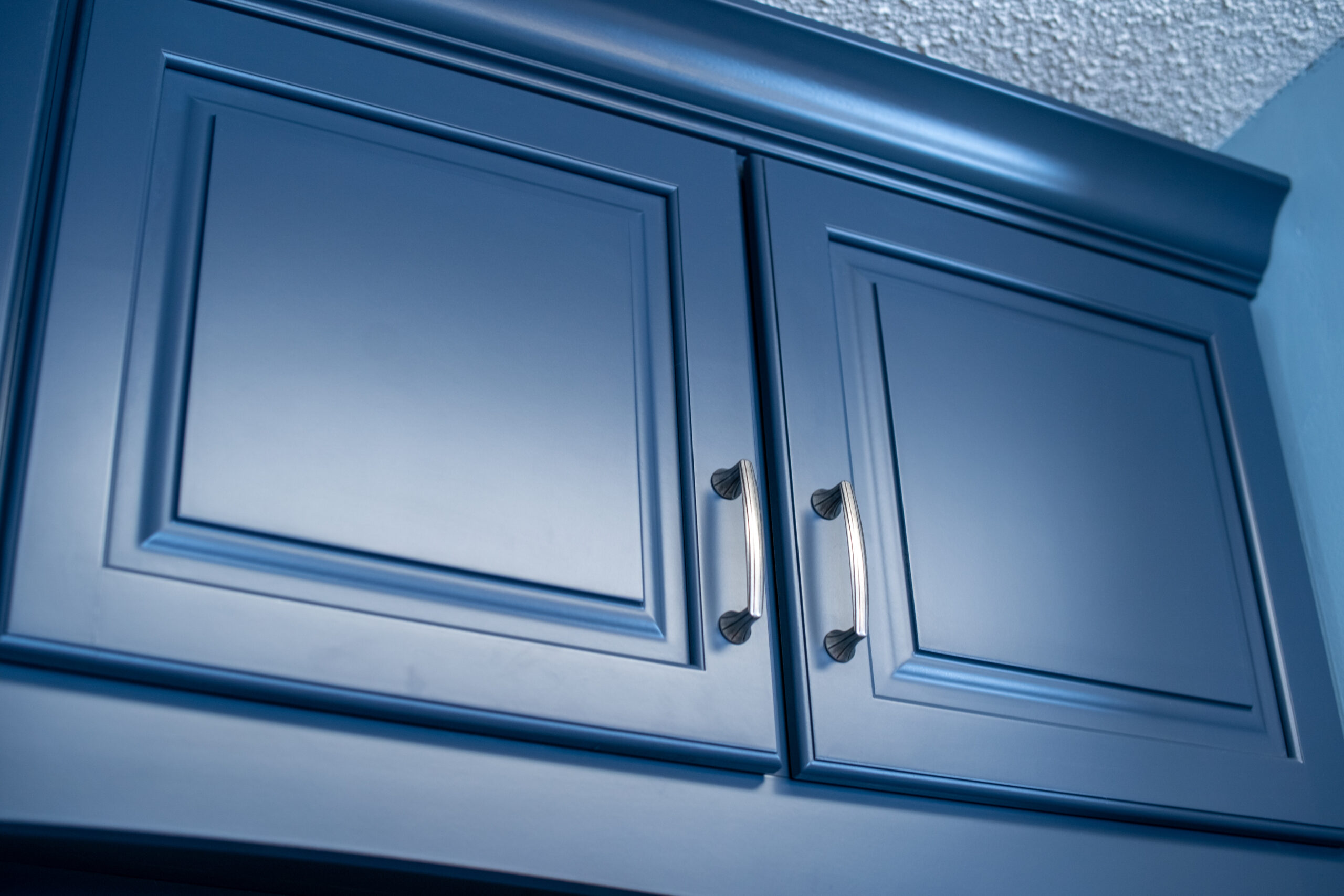






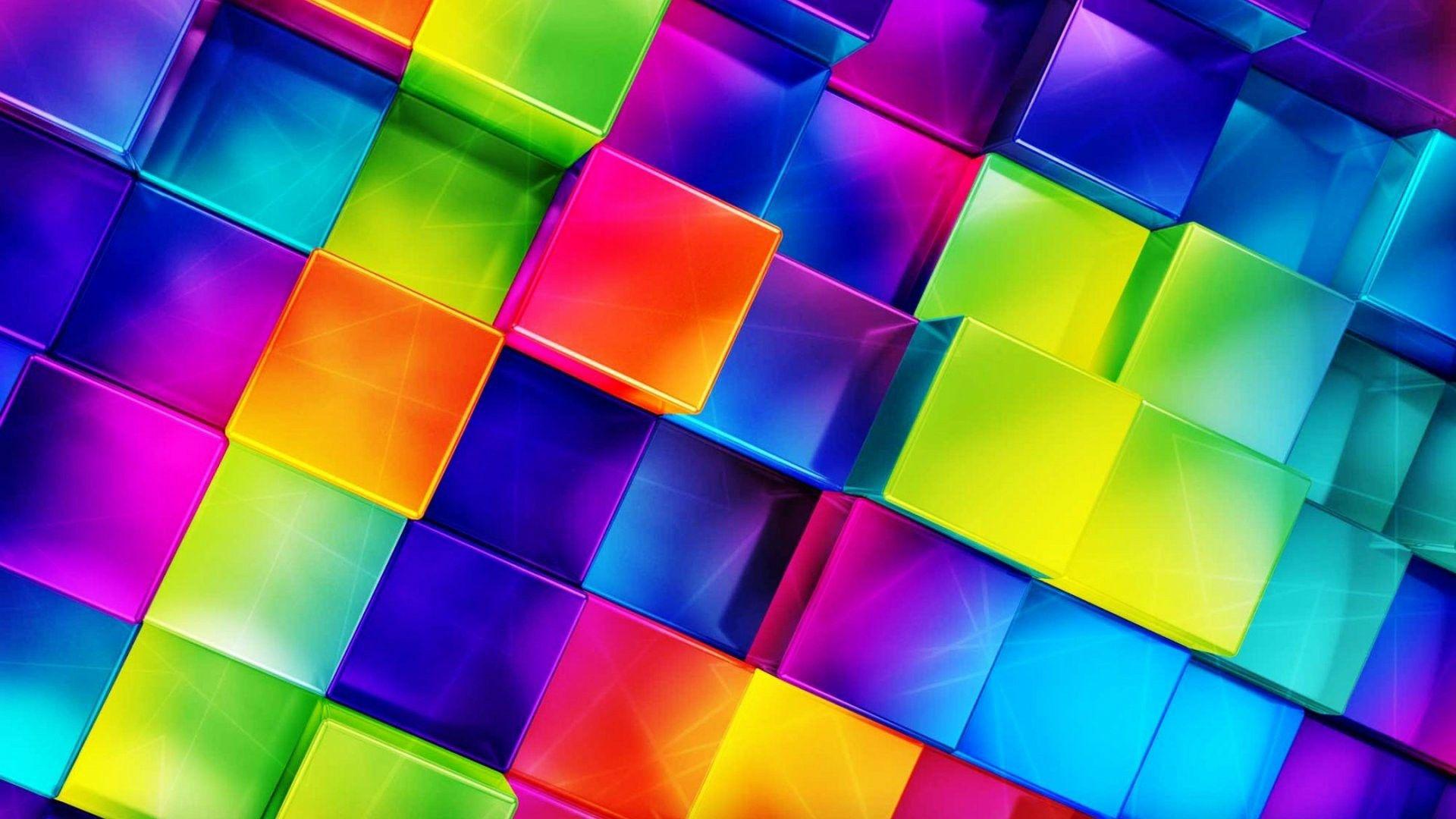


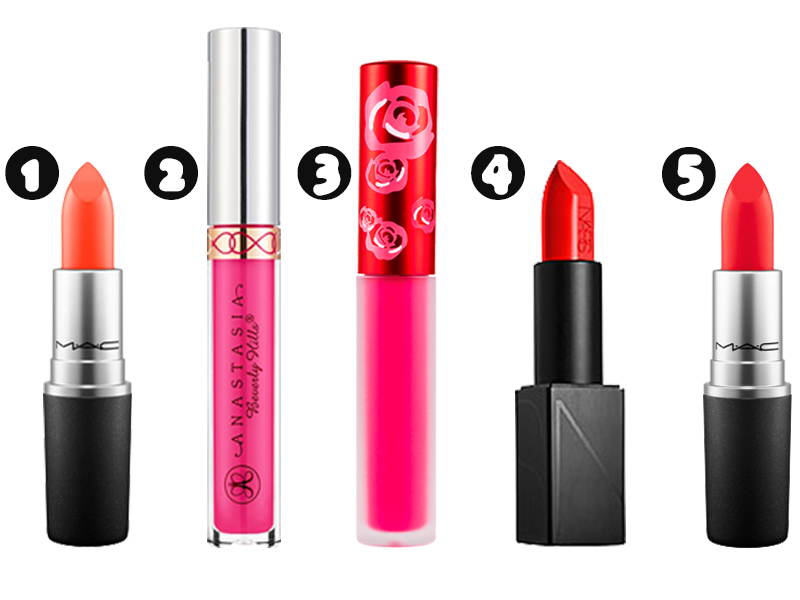


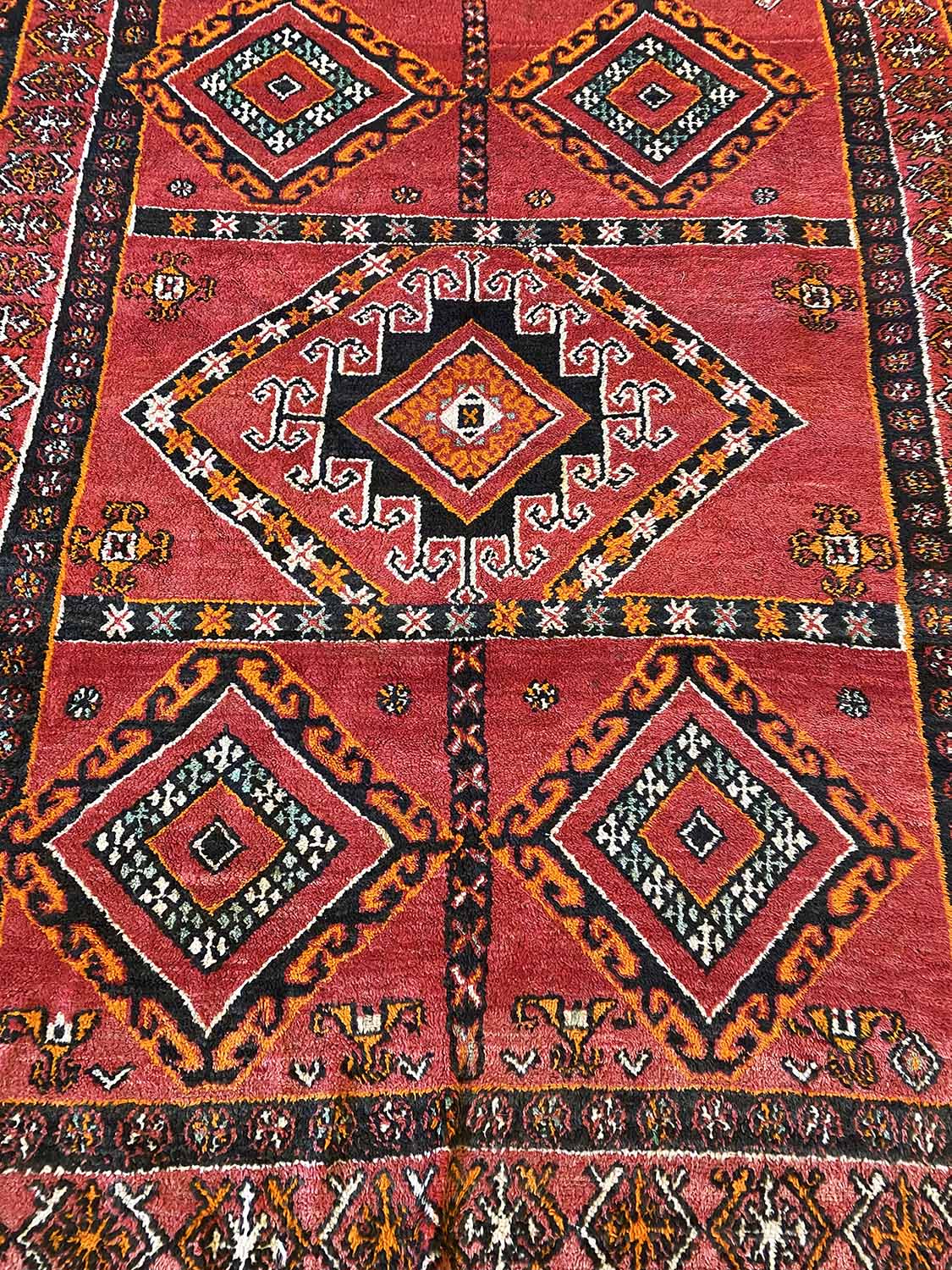


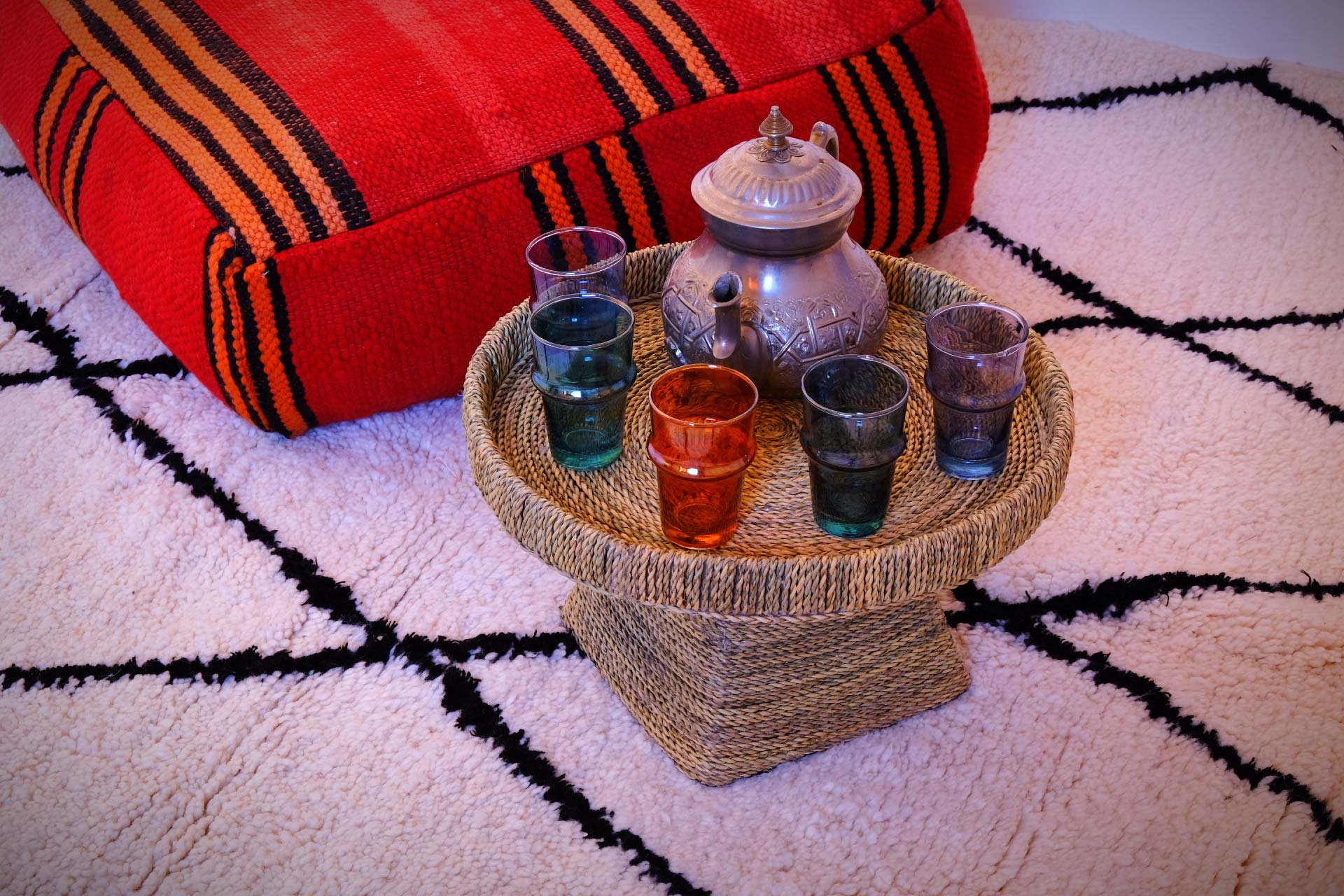



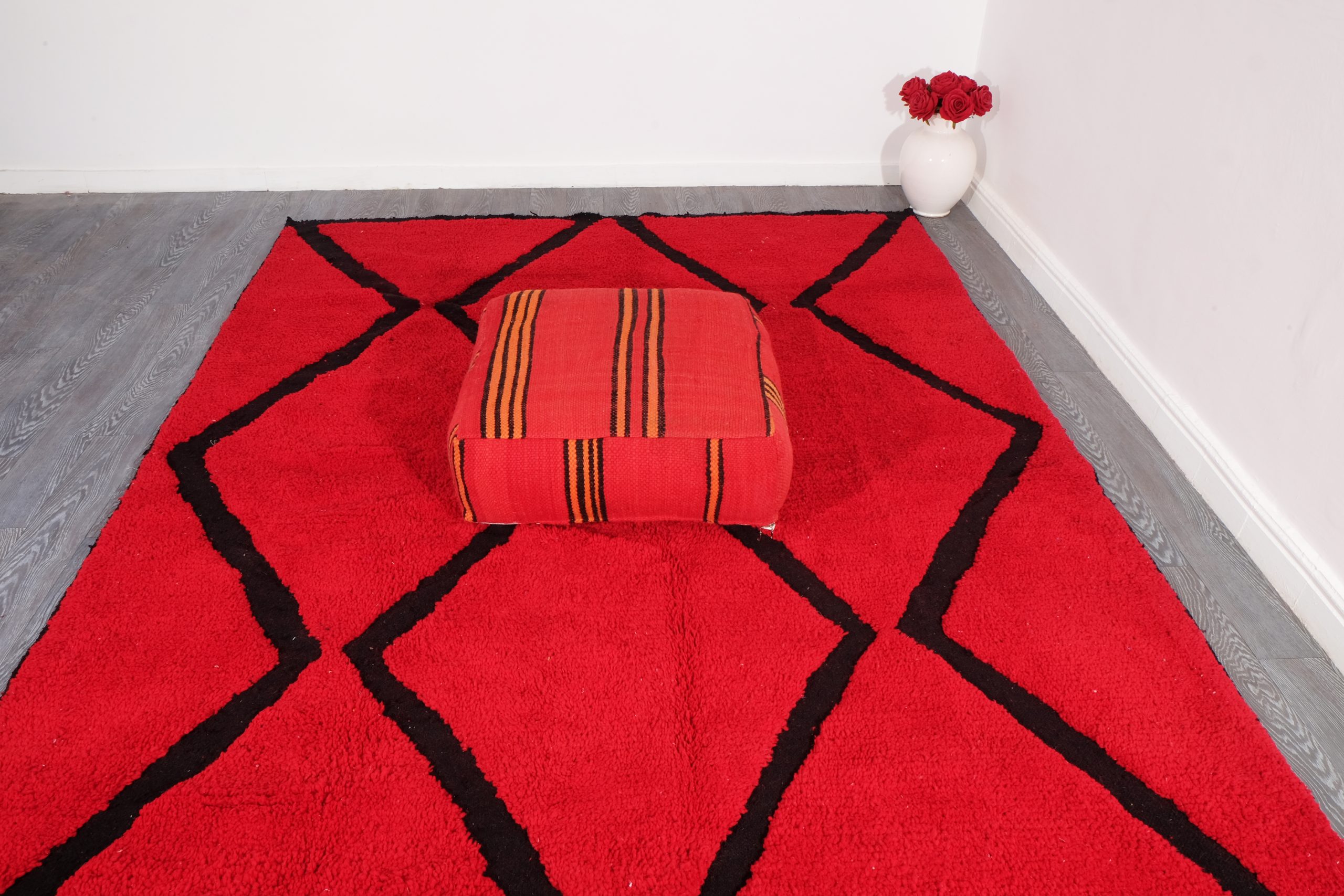

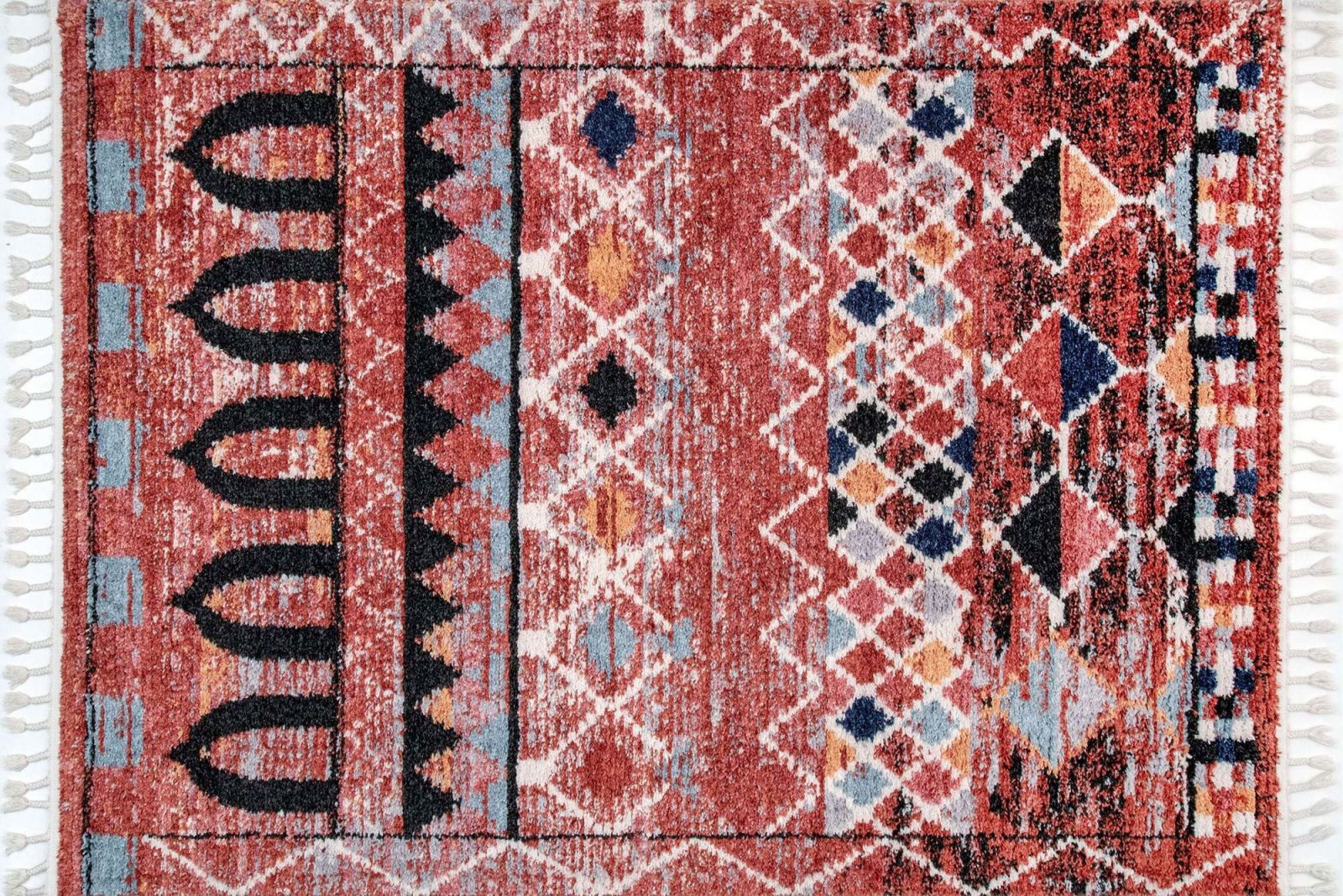

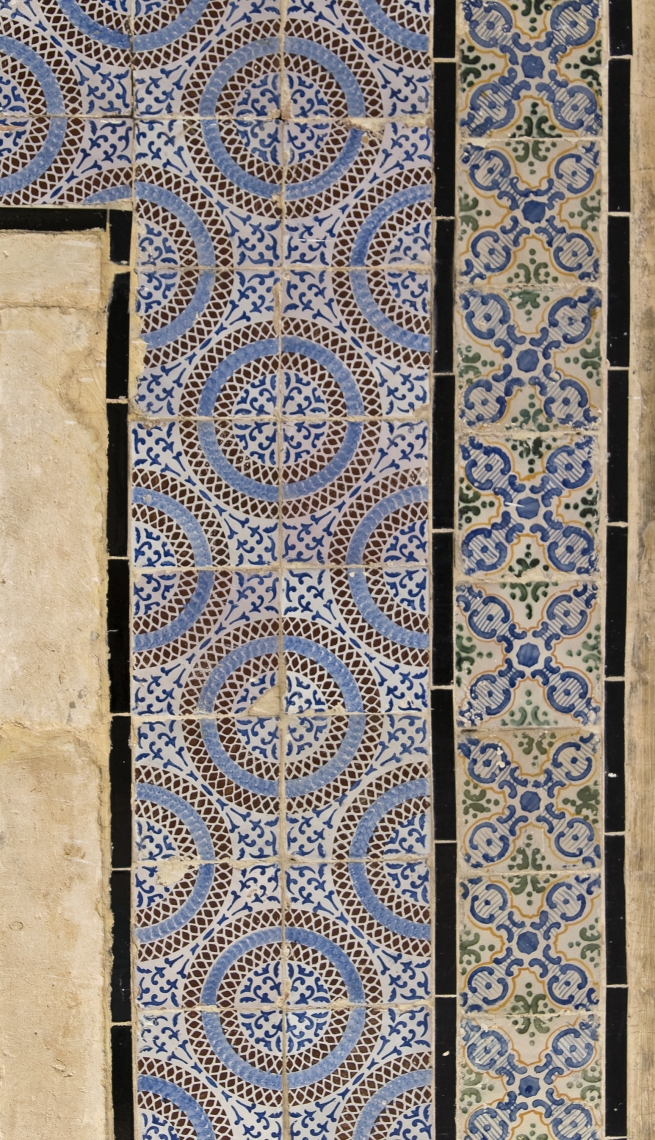

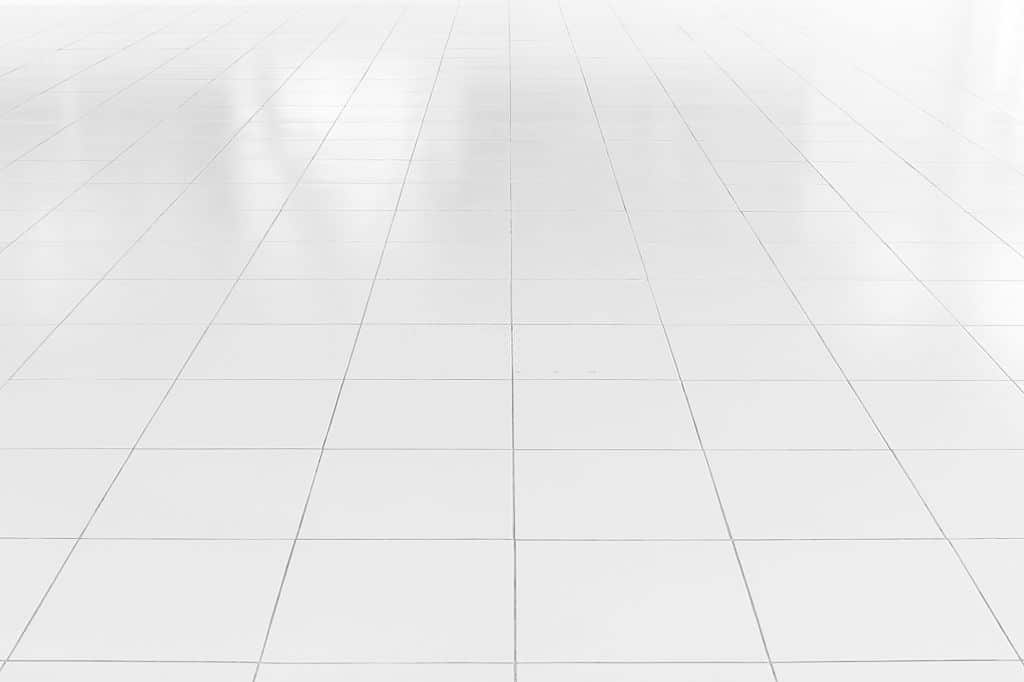


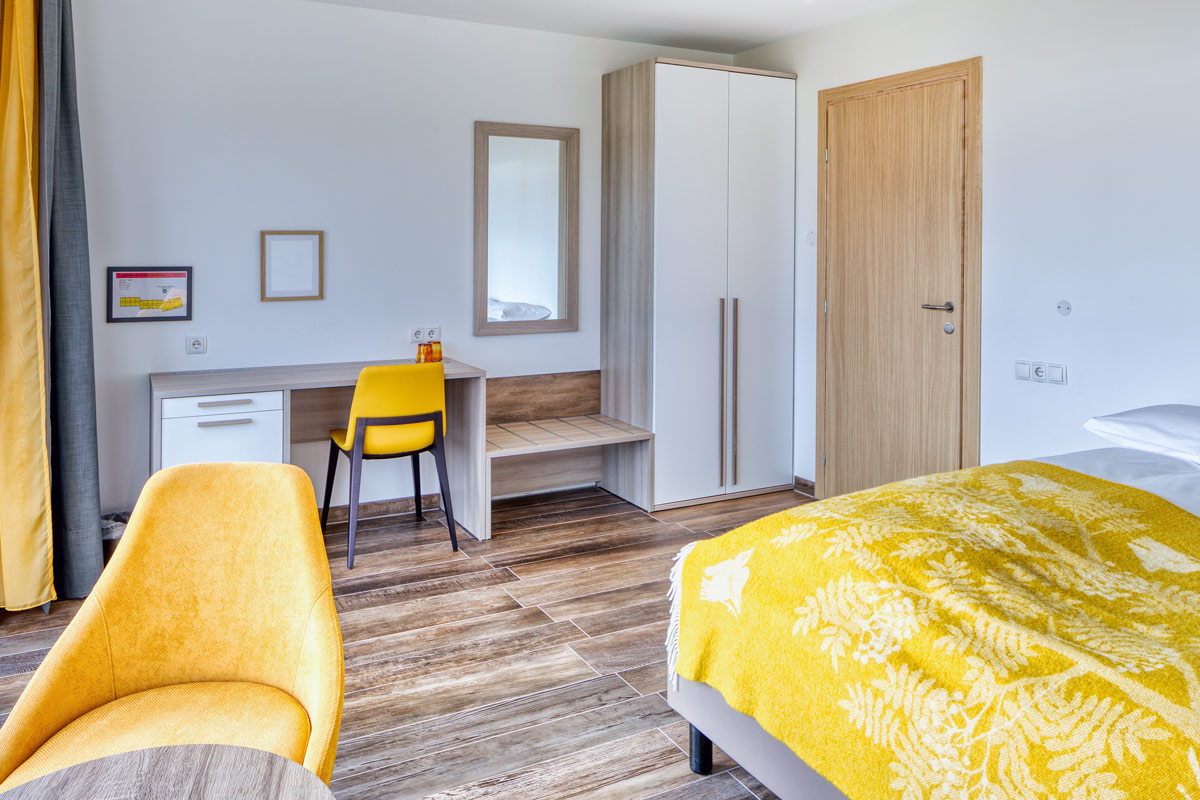

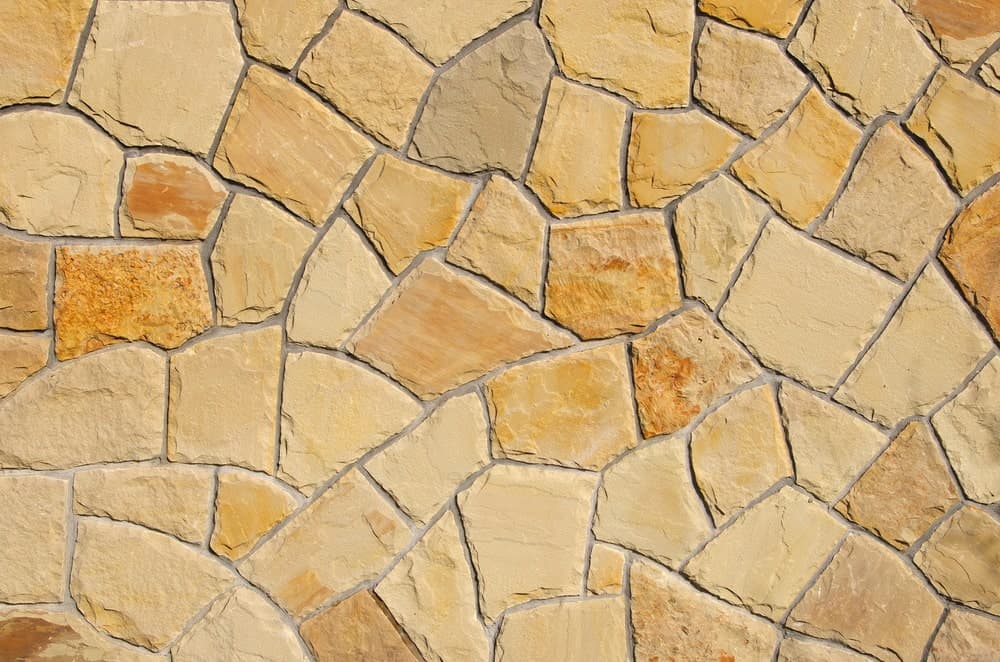
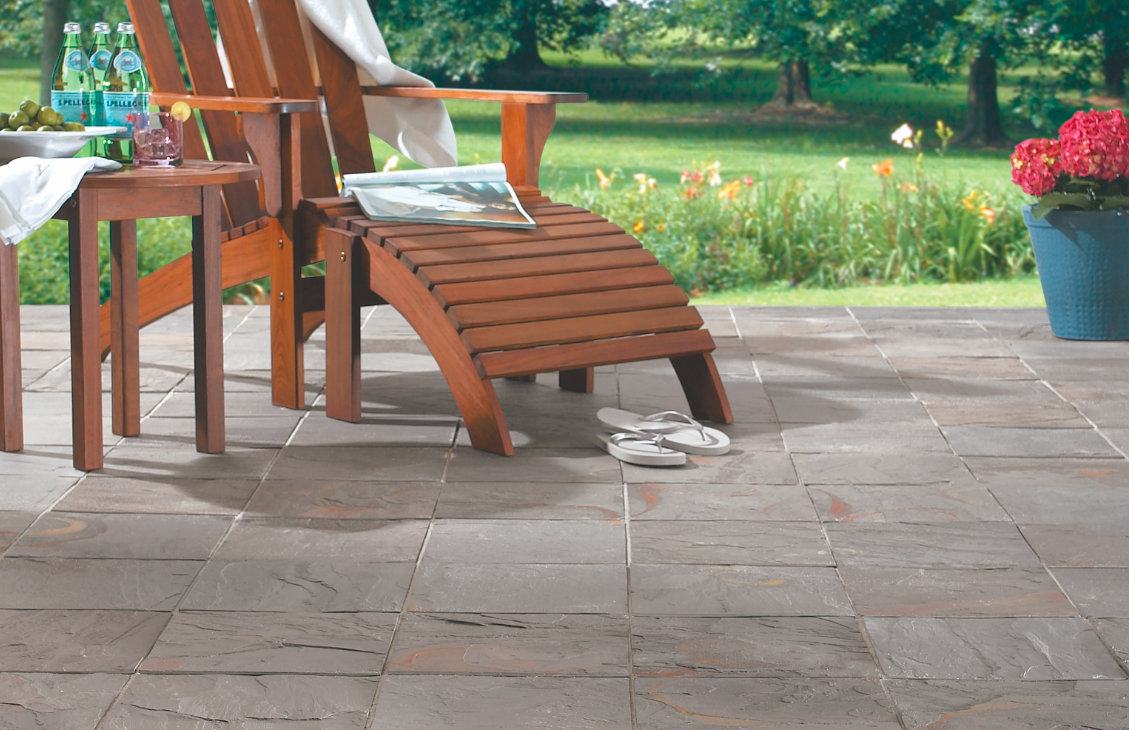

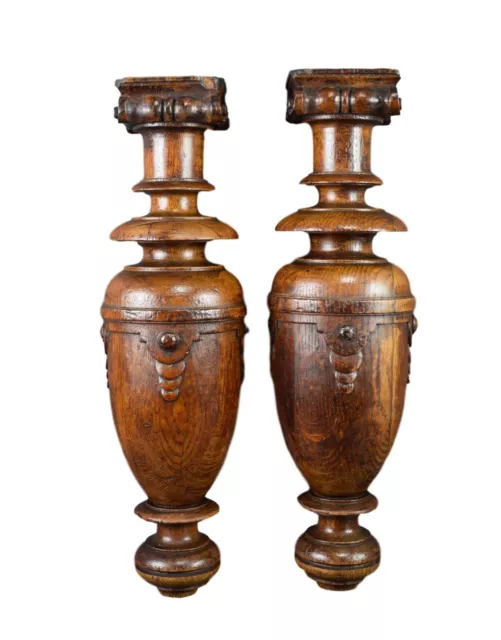














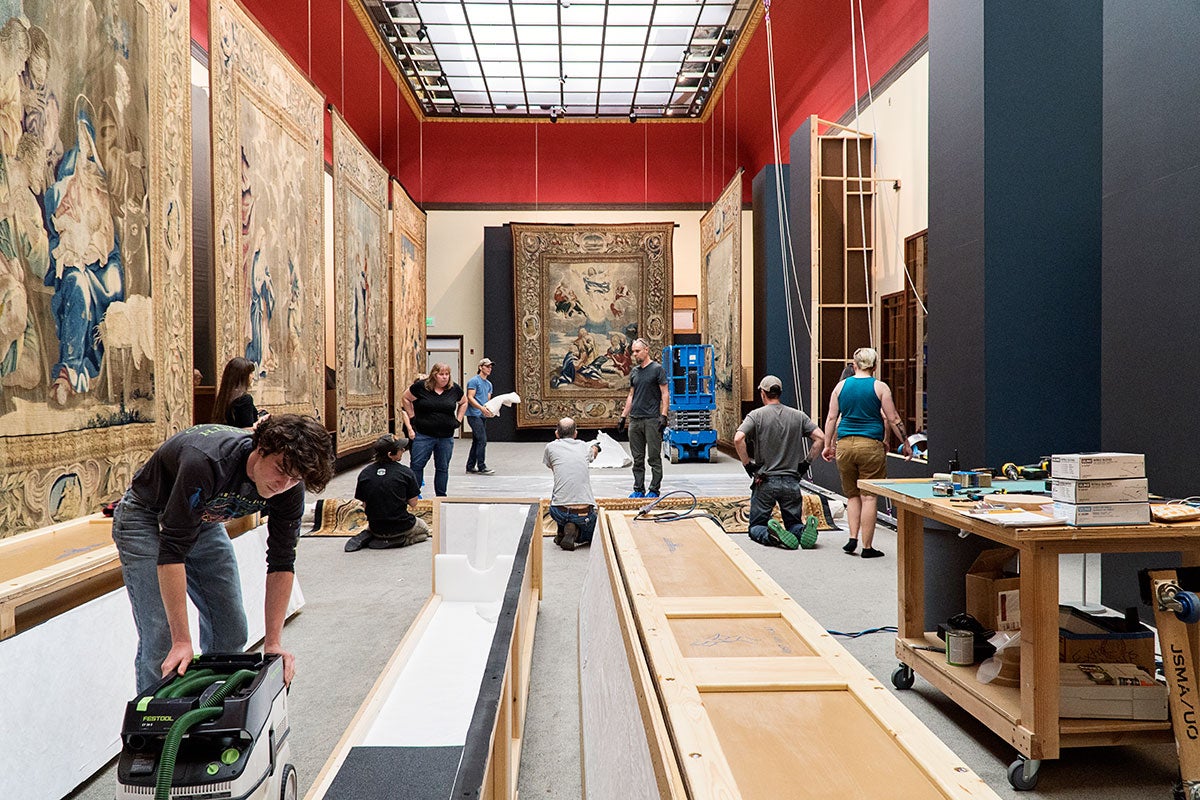




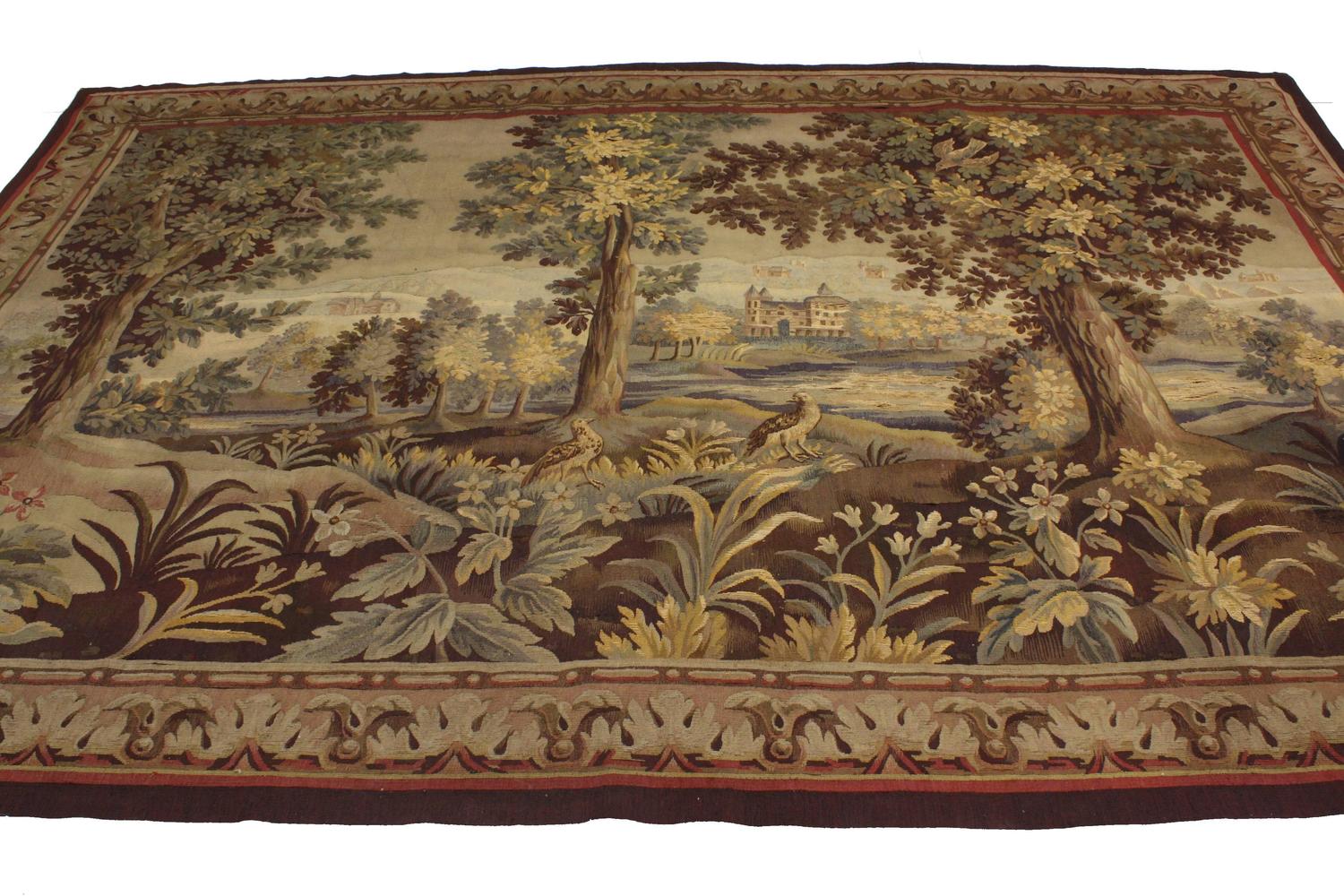
/2016/04/01/999/n/1922794/0714fcd06c5d2a38_Misc2/i/Hanging-tapestries-plants-go-long-way-conceal-enhance.jpg)
